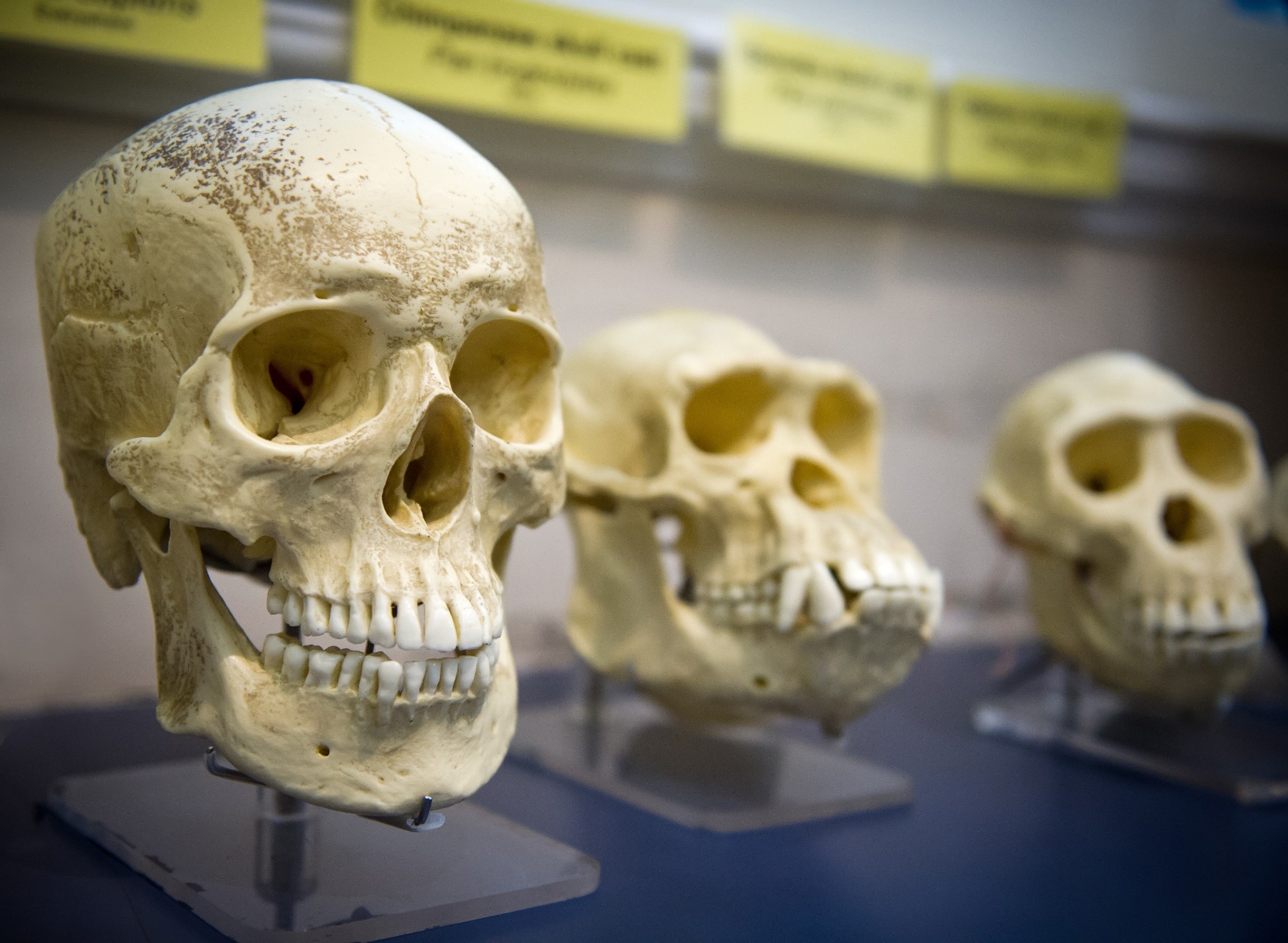In a recent study published in the journal Nature, researchers explore the differences between various demographic models using diversity-based statistics and linkage disequilibrium.
 Study: A weakly structured stem for human origins in Africa. Image Credit: JuliusKielaitis / Shutterstock.com
Study: A weakly structured stem for human origins in Africa. Image Credit: JuliusKielaitis / Shutterstock.com
Where did the human species originate?
Previous studies have indicated that the global population likely originated from a single ancestral population in Africa and can be traced through a tree-like model. However, fossil and archaeological records obtained throughout Africa have not confirmed this theory.
Most genetic models assume a tree-like model of isolation with migration; however, other theories, including population calescence and fragmentation or stepping-stone models, have also been proposed. In addition, recent advancements in genomics have allowed novel population-genetic tools to incorporate a ‘ghost’ population to improve genetic data descriptions and how they relate to single-origin models. Nevertheless, these models are also associated with certain limitations, thus reinforcing the need for ancient DNA samples that originated from at least 300 thousand years ago (ka) to fully understand early civilization in Africa.
About the study
In an effort to elucidate the origin of Homo sapiens, the researchers of the current study utilized linkage disequilibrium and diversity-based statistics to discriminate between the different models that have been used to study the evolution of the human species.
The four models considered in the current study included single-population expansion, single-population expansion with regional persistence, archaic hominin admixture, and multi-regional evolution, along with 290 genomes of individuals from southern, eastern, and western Africa and Eurasia. Additionally, samples from British individuals from the 1000 Genomes Project were also included to represent back-to-African gene flow and recent colonial admixture in South Africa. The genomes of Neanderthals from Vindija Cave in Croatia were also included in the analysis to represent gene flow from Neanderthals to areas outside Africa.
Modeling migration and diversity patterns
Models with and without migration between stem populations were considered for studying two types of gene flow during the expansion phase. In the first model, one stem population expands and migrates symmetrically with the other stem populations. Comparatively, in the second model, one or more stem populations expand and receive instantaneous ‘pulse’ events from other stem populations. This subsequently leads to the formation of recent populations following merges from various ancestral populations.
The two models commonly used are continuous migration and multiple-merger models, both of which enable migration between stem branches. However, these models primarily vary in the early divergence of stem populations and their relative effective population size (Ne).
According to the continuous-migration model, stem one diverges into lineages that lead to present-day populations in southern, western, and eastern Africa, while stem 2 provides varying ancestry to those populations. The Mende population exhibits the highest migration from stem two, as compared to the Nama and eastern Africa populations.
Nama individuals were found to exhibit a unique genetic signature that was different from other African populations. This observation indicates that the Nama population has a high level of genetic diversity, which can be supported by their unique geographic location at the southern tip of Africa, which may not have experienced the same level of population drift as other African populations.
Several studies have noted a decrease in coalescence rates from 1 million years ago to 100 ka among humans, which may have increased Ne during the same period. This increase in inferred Ne could be due to either a rise in population size or the ancestral population structure noted in the Middle Pleistocene.
The models, such as the single-origin model, replicate a presumed ancestral rise in Ne from 100 ka to 1 million years ago. The increase in Ne during that period is responsible for the success of the single-origin model, while the best-fit models do not identify any changes in population size but still follow the same pattern.
Relative cross-coalescence rates (RCCRs) are a new method for estimating population divergence by comparing the coalescence rates between two cohorts to the mean within-population coalescence. However, midpoint estimates of RCCR were poor approximates of population divergence, as they underestimated divergence time by almost 50% or more, and recent migration could result in the misordering of divergence events. Thus, RCCR assessments that do not fit several parameters, such as gene flow, should be assessed with caution.
Conclusions
Weakly structured stem models were found to explain patterns of polymorphisms by suggesting that continuous or recurrent contacts occurred between two or more groups that were present in Africa. This observation directly contradicts single population or archaic hominin admixture models; therefore, the genetic diversity that is currently present throughout Africa is likely due to weak gene flow from various ancestral populations over hundreds of thousands of years.
Furthermore, fossil remains that have been obtained from coexisting ancestral populations are likely both genetically and morphologically similar. In fact, the researchers believe that only about 1-4% of genetic differentiation that has been identified among the modern human population is due to genetic drift from stem populations.
Journal reference:
- Ragsdale, A. P., Weaver, T. D., Atkinson, E. G., et al. (2023). A weakly structured stem for human origins in Africa. Nature; 1-9. doi:10.1038/s41586-023-06055-y